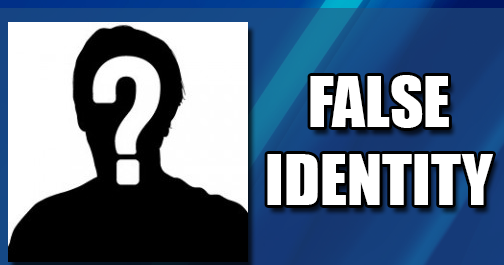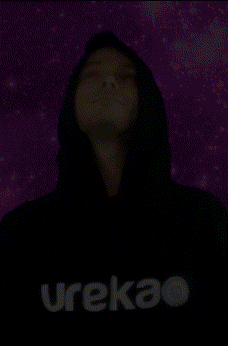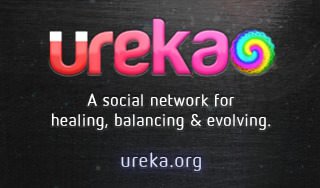Some time ago a Stanford University project demonstrated that they have created software that accurately maps the facial movements of one person onto another in video. This means that a source video can be used for a targetted human and the computer will convert the movements of a camera feed of a live actor onto the face and head of the target human. The result is a realistic video that appears to show the target saying the things that the actor is saying! The implications of this are HUGE and yet few seem to know anything about it.

Voice synthesis
Given that voice synthesis has been a huge and successful research area for a long time, it is safe to say that technology will exist somewhere (possibly in the massively funded Secret Intelligence Industrial Complex to use computers to accurately model the voice of any person, given enough sample material of their voice for the software to analyse.
We have probably all heard computers produce voices that sound close to 100% realistic by now - so it is not really a huge leap to imagine a system that can create 100% realistic voices that copy the voices of real people (who are not consenting to being copied).
Creating authentic fake video!
The essence here is that whoever has these systems can happily sit and create video content that claims to show anyone in the world saying anything at all and most of us will never know that the video is fake. This means that video testimony in court should be entirely nullified and that every video we see of someone saying something (controversial) online or on TV should be watched with the consideration that there is a chance that the real person never said the words we are hearing!
Does this sound too paranoid to you? Watch the video demonstration below!
Stanford Video Demo
We present a novel approach for real-time facial re-enactment of a monocular target video sequence (e.g., Youtube video). The source sequence is also a monocular video stream, captured live with a commodity webcam. Our goal is to animate the facial expressions of the target video by a source actor and re-render the manipulated output video in a photo-realistic fashion. To this end, we first address the under-constrained problem of facial identity recovery from monocular video by non-rigid model-based bundling. At run time, we track facial expressions of both source and target video using a dense photometric consistency measure. Re-enactment is then achieved by fast and efficient deformation transfer between source and target. The mouth interior that best matches the re-targeted expression is retrieved from the target sequence and warped to produce an accurate fit. Finally, we convincingly re-render the synthesized target face on top of the corresponding video stream such that it seamlessly blends with the real-world illumination. We demonstrate our method in a live setup, where Youtube videos are re-enacted in real time.



My parents received a phone call, and it was my nephew's voice; I think someone had recorded his phone conversation; then used it to create a new conversation with canned lines, like "I'm in jail, I need bail money" kind of thing. My father was buying prepaid money transfer cards, and the guy at the register was telling him "the only reason people buy these is they have been scammed". He still sent these people $1500 thinking it would be their grandchild out of jail; and they didn't even try to call him on his cell phone first, or his father!
Of course, he had not been arrested, was not in another state being held in jail, none of it.
Crazy era we live in; my folks could never imagine that canned recorded phone conversation could be sampled and turned into a scam like that..
Downvoting a post can decrease pending rewards and make it less visible. Common reasons:
Submit
Wow - that's pretty creepy and sad.. It actually sounds like part of a plotline from a movie!
I know from experience that it can be almost impossible to track down criminals who do things like that. It is possible to hack landlines and create fake phone numbers, so that even the police can't track you - or at least thats what the government agency I spoke with told me.. although even that sounds suspect!
Downvoting a post can decrease pending rewards and make it less visible. Common reasons:
Submit
This shit is sooo scary!! I heard a radio lab episode on this.... now after seeing it it's even worse. This kind of stuff will no doubt be used for evil shit and covering more truth up!!! The ramifications are endless and extremely scary. Keep waking us up @ura-soul🖖🏼
Downvoting a post can decrease pending rewards and make it less visible. Common reasons:
Submit
I don't really know how to identify when it is being used and when it isn't - except to have the real person speak out after the fact.. Yes, if that real person has been killed then it opens the door to limitless deception! :/
Downvoting a post can decrease pending rewards and make it less visible. Common reasons:
Submit
This post has received a 33.33 % upvote from @upgoater thanks to: @ura-soul.
Downvoting a post can decrease pending rewards and make it less visible. Common reasons:
Submit
This post has received a 6.57 % upvote from @booster thanks to: @ura-soul.
Downvoting a post can decrease pending rewards and make it less visible. Common reasons:
Submit
The obvious answer is no and not at all. There is no point of affirmation in it.
Downvoting a post can decrease pending rewards and make it less visible. Common reasons:
Submit
Curated for #informationwar (by @openparadigm)
Relevance:Shows how information can be manipulated
Downvoting a post can decrease pending rewards and make it less visible. Common reasons:
Submit
It is much easier to project such a message upon the dead...
I seem to recall certain phone calls being received by relatives of the passengers who who died on 9/11 - not 'entirely' sounding like themselves (sufficiently so for certain relatives not to believe that such calls were genuine).
Perhaps this technology has been around longer than one might think?
The only defense that a person has in this World of sordid interests - is a proven track-record that flies in the face of irreconcilable new information.
Downvoting a post can decrease pending rewards and make it less visible. Common reasons:
Submit
This could completely change the judicial system if this becomes a big enough subject for debate. Very interesting topic, would like some updates if this gets bigger.
Downvoting a post can decrease pending rewards and make it less visible. Common reasons:
Submit